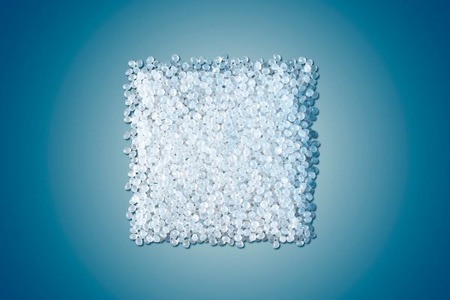
The first textile sorting system revolutionizes textile recycling
YarnsandFibers News Bureau 2020-11-19 13:59:35 – SwedenThe world’s first industrial-scale automated textile sorting system is now operational in Sweden. This could potentially revolutionise textile recycling in the country and create new markets for textile waste.
The newly established system has been termed as Siptex (Swedish Innovation Platform for Textile Sorting). The new 30-meter system is capable of sorting up to 24,000 of the 140,000 tonnes of textile waste produced in the country each year.
The new Sysav waste treatment and recycling company was previously funded by the Vinnova government agency. It was led by IVL Swedish Environmental Institute and backed by a consortium of 20 Swedish textile and fashion companies, research institutes, charities and authorities.
Peter Engström, the CEO of Sysav, stated that they were proud to contribute to the transition towards a more sustainable textile and fashion industry. Engström added that With the Siptex facility as a new part of the value chain, other players can scale up their processes and accelerate their textile recycling. He concluded that it was sustainable for both the players as well as the environment.
Anna Jarnehammar, the Deputy CEO of IVL Swedish Environmental Institute, stated that this was the piece of the puzzle that had been missing to recycle textiles on a large scale. She stated that they were very happy and proud that they have taken this step towards more sustainable textile handling. She believes that it will provide environmental benefits and strengthen Sweden's position in innovation and the circular economy.
The entire automated sorting system is designed on optical sensors that, with the help of near-infrared light, can sort textiles according to colour and fibre composition to great precision. The new system enables the industry to handle large textile flows while at the same time producing textile fractions that match the needs of textile recyclers and textile companies. The mechanism could help companies save time and money but opting for the specific recycling program.
Erik Perzon, the textile expert at IVL Swedish Environmental Institute, stated that this problem was a bottleneck even though recycling techniques existed but the flow required had been lacking.
Erik stated that in order to recycle textiles on a large scale, consistent quality and large volumes were required and this was what the automatic sorting could deliver. He concluded that this was the link between collected textile waste and high-quality fibre-to-fibre recycling the industry required.
Market Intelligence
Ask for free sample Report

experience
Customer Base
dedicated team
Countries Served Worldwide









